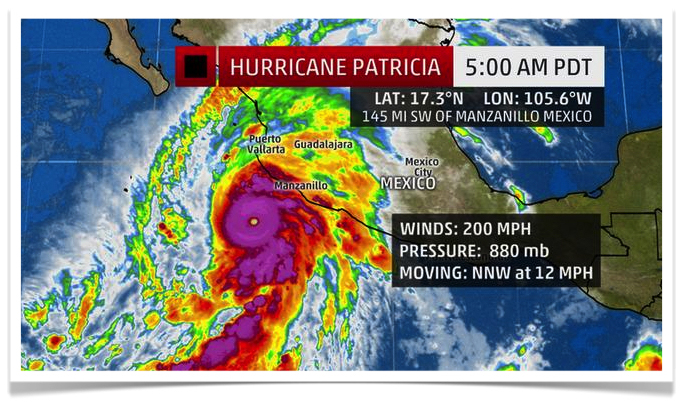What Am I Reading These Days?
 Tuesday, December 5, 2017 at 10:14AM
Tuesday, December 5, 2017 at 10:14AM  Deep Ecology for the 21st Century is a 488 page compendium about the basic tenets and historical roots of deep ecology, wilderness, conservation biology, ecofeminism, and ecological approaches to being in the world. Wonderful writings by Arne Ness, George Sessions, Gary Snyder, Jack Turner, Dave Foreman, and Thomas Berry. All of my favorites. I am actually reading this book for the second time. Makes a nice companion to some of the readings highlighted here (and in four subsequent posts). [NOTE: Thomas Berry's chapter reflects on how to be a viable human. We could all use a little work in this area].
Deep Ecology for the 21st Century is a 488 page compendium about the basic tenets and historical roots of deep ecology, wilderness, conservation biology, ecofeminism, and ecological approaches to being in the world. Wonderful writings by Arne Ness, George Sessions, Gary Snyder, Jack Turner, Dave Foreman, and Thomas Berry. All of my favorites. I am actually reading this book for the second time. Makes a nice companion to some of the readings highlighted here (and in four subsequent posts). [NOTE: Thomas Berry's chapter reflects on how to be a viable human. We could all use a little work in this area].











